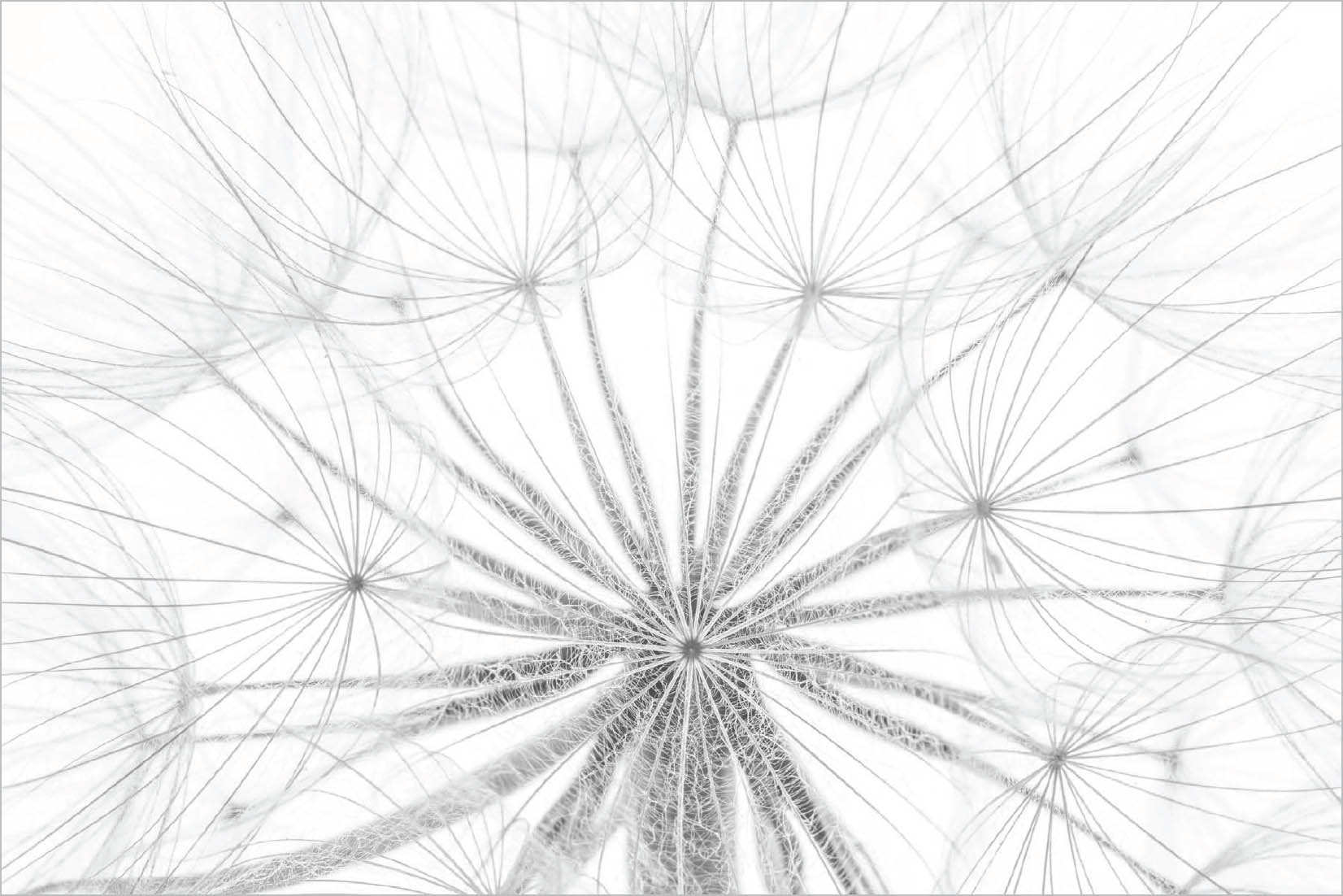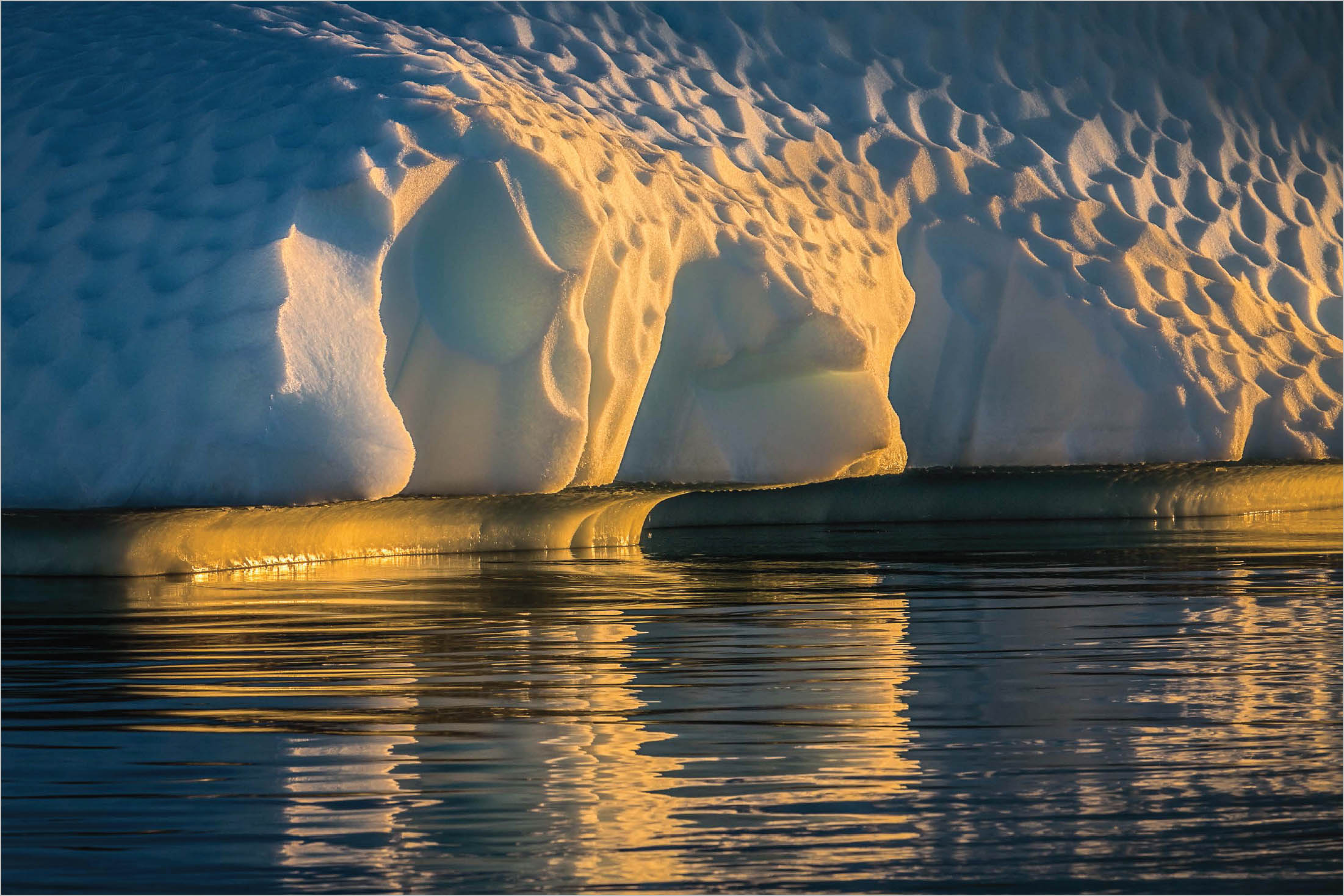IMPROVING YOUR PORTFOLIO
BUILD DEPTH AROUND FOCUSED THEMES TO CREATE A BROAD BODY OF WORK
As a teacher, I am often asked by students how they can improve. I repeatedly address their goal from various angles in my writings.
One obvious answer for us all is to improve our technique, such as our use of composition and light. Another method for improvement that is not often mentioned is to develop greater depth to our work. While I am fundamentally a “less is more” kind of guy, having a lot of really good photographs is a great thing. When it comes to portfolios, a large, high-quality set of images gives you more options for presentation and marketing.
For example, if you were to print up some of your portfolio images as a small set of notecards, four or five photographs are enough. What if a gallery director sees your notecards and asks you to hang an exhibit? Will you have twenty to thirty equally strong images? What if a book publisher sees your show and wants to publish a book using one hundred of your photographs? For most photographers, it takes many years to reach the point of having enough work for a book. Building depth is an ongoing process, and no matter where you are in that development, setting long-term goals and following your dreams are excellent motivations to create new photographs.
We all have stories to tell with our photographs. Sometimes the stories are about where we live or where we have traveled.
“Home/Work” is one of my ongoing thematic portfolios. It includes images made in and around my home in the Sierra Nevada foothills. In this series, I include still-life details of natural objects I’ve collected and then photographed using natural light in my home, as well as nature studies I’ve created by photographing the landscape around my home. My portfolio’s story is that as an artist I endeavor to observe the beauty around me every day. I have built my theme based on this practice, and even though I have not published a completed “Home/Work” selection, the ongoing process is very rewarding.
Seasonal changes are especially exciting to me. In front of my house, a small elderberry tree grows under a large, spreading oak. In early autumn, the elderberry leaves dry out and fall to my lawn. Over many years I’ve observed this process, but last autumn I noticed especially wonderful colors and patterns on these leaves, and so I gathered them into a box, which I placed in a corner in my dining room in between two windows. I watched and waited for special lighting, experimenting with exposures at different times of day, and eventually captured the image shown on the previous spread. The great advantage of this portfolio concept is that I don’t have to go on an expedition to make images, but I’m able to keep my creative juices flowing.
I collected the seed head shown on the opposite page on my property, brought it inside, and photographed it in front of my lightbox. I’m always looking for the beauty that surrounds us every day—even weeds!
After years of living and photographing around my home, the portfolio’s depth is now strongly established. The images are diverse but united visually by the theme of nature and pattern and locale. The portfolio title plays off the fact that I work at home and that my work blends with, and blurs into, my family life on a daily basis.
Now I have an assignment for you. Think of a theme you might develop, perhaps a local bit of landscape that you can study every day, or at least every week. If you have an established local theme already, consider how you might improve it. Ask yourself what other subjects or approaches might add depth to your theme. Do you need to add more variety of seasons? A new camera angle? Wider views for context, or ones with a tighter scale for a more intimate perspective? More variety of light and weather conditions? In other words, what’s missing?
Photograph specifically for your theme, with its concept and needs of the portfolio in mind. Plan your photo sessions for this assignment in terms of location, subject, time of day, etc., in order to maximize your efforts. Add new images to the existing group that blend harmoniously and complement your established portfolio. Be open to new ideas and opportunities that present themselves while photographing, even if they are not on your checklist. When you spend a few months or even a few years on a portfolio, with passion and focus on improving it, you become a better photographer.
And remember, our “seeing” needs daily practice. Beauty is all around us every day.
Salsify | Ahwahnee, California | 2018
Iceberg Sculpture | Pléneau Bay, Antarctic Peninsula, Antarctica | 2014

